Did you see it? Read or hear about it? Over the weekend global brand Nike executed it’s all out assault on sending a select group of the best athletes on the planet beyond the 2 hour marathon barrier.
It was a largely manufactured effort which fell narrowly short of the target, with Kenyan athlete Eliud Kipchoge running just 25 seconds outside 2 hours. It was known that to accomplish such a feat every little detail needed to fall into place, weather conditions, race tactics, training, nutrition, and ofcourse, footwear.
Being a Podiatrist and runner naturally I took particular interest in the shoes Nike had created to send these runners where nobody had gone before.
Having been tested over and over again, the shoes were tailored specifically to the person wearing them to achieve maximal cushioning whilst still keeping the weight reduced to minimize the amount of energy required to lift it off the ground. A carbon fiber plate was also inserted into the midsole that was custom built for each of the 3 different athletes in the race – in a sense it is like having a paper thin, spring-like custom orthotic perfectly constructed into the materials of your shoe – a good indicator as to why these shoes were not for sale!
So how did they approach the design of such a shoe? What rationale was applied to get the right fit for the athlete?
This is a regular discussion I enter into every day when treating runners. The question is often raised, in it’s most general form, ‘what are the best running shoes?’
I get the feeling there is a perception out there that there is one specific model of shoe that is the ‘best’ for everyone, and that if a runner/patient could just find out the secret to what that shoe is, their problems will be solved. In light of Nike and it’s decade long approach to creating such a shoe, I wanted to share my process for helping my athletes select what running shoes are going to work for them – as that is the key – everyone is different, and what works for you may not necessarily work for me, or the next person.
What you think may be a simple question, is actually much more complicated. So much so, that often I will refrain from answering with any shoe recommendations until I have had a look at most, if not all the variables involved, including:
- Current or previous injury history
Choosing a particular shoe can influence a current injury for the better or sometimes for worse. It is important to consider if this injury has been reoccurring over time and if that is consistent with the shoe you have been wearing. Also remember injury history alone should not completely influence shoe choice, as things can change once the injury has gone, and so needs to be taken on board with all of our other findings.
- Type of training
More cushion for longer distances, lightweight for speed work, more response and spring for your interval training, or increased grip for your trail runs? Beginner vs elite runner? See how one shoe only may struggle to protect you from injury or improve your run in all of these different types of training.
- Running biomechanics
If you are running in the shoe, then we need to look at you while running – bottom line. But, a shoe on its own will not necessarily influence your running technique – strength, mobility, and conditioning all need to be considered in combination. Gone are the days of selecting a shoe based on the height of your arch. Having ‘flat feet’ is no longer rationale on its own, instead, we take a holistic view of the runner. Also, remember what suits you when you’ve first taken up running may change once you have improved your running technique with experience.
- The athletes preferences
What the runner prefers to experience during their run often give us the most important information. A soft and cushioned feel, more spring at take-off, lower to the ground and natural, lightweight and fast, or a combination of everything. I will often say, “You are the one who is running in it, not me. So it has to fit and feel great for you.”
Hopefully this has not created more confusion. The take away from this article is to consider the complexity of the running shoe decision next time you are looking for a new pair. There is not a one size fits all approach to this, and so my advice is to get thorough guidance before making your investment. At least, that is, until we are all having custom built shoes of our own.
Lachie Stanton – Podiatrist & Runner
- Current or previous injury history
- Type of training
- Running biomechanics
- The athletes preferences
Let's get started — How can we help?
Physiotherapy
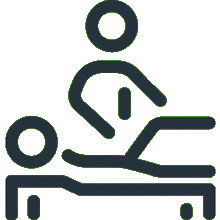
Chiropractic
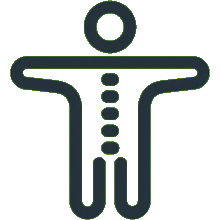
Podiatry
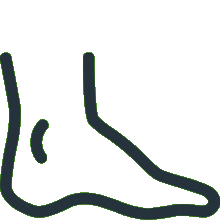
Massage Therapy
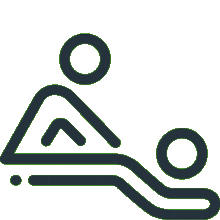
Women's Health Physiotherapy

Running Program Tailored To Your Goals
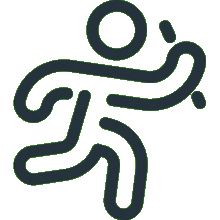
Joint Mobilisation

Active Release Technique
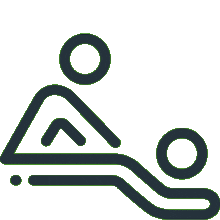
Exercise Prescription
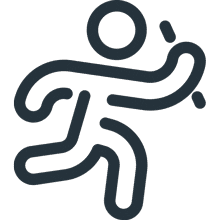
Real Time Ultrasound Imaging

Spinal Manipulation
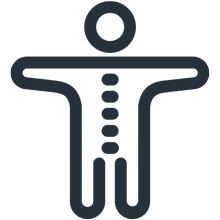
Functional Movement Screen

Knee Pain Treatment

Hamstring Strain Treatment
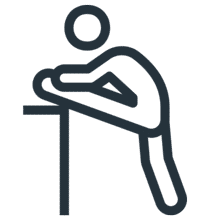
Hip Pain Treatment

Upper, Middle & Lower Back Pain

Neck Pain Treatment

Shoulder Pain & Rotator Cuff Tear

Can't find what you're after?
View all ServicesOr email the PEAK team at info@peakssc.com.au
Hawthorne
- Phone: (07) 3399 3318
- Fax: (07) 3319 6577
Address
5/171 Riding Road,Hawthorne, QLD, 4171 Get Directions
Opening Hours -
6 days per week
- Monday - Friday: 7:00 am - 8:00 pm
- Saturday: 7:00 am - 1:00 pm
To make a booking outside of business hours, please use our form by clicking here.
New Farm
- Phone: (07) 3399 4668
- Fax: (07) 3319 6577
Address
1/15 Lamington Street,New Farm, QLD, 4005 Get Directions
Opening Hours -
6 days per week
- Monday: 7:00 am - 8:00 pm
- Tuesday: 7:00 am - 8:00 pm
- Wednesday: 9:00 am - 8:00 pm
- Thursday: 10:00 am - 8:00 pm
- Friday: 7:00 am - 3:00 pm
- Saturday: 7:00 am - 3:00 pm
To make a booking outside of business hours, please use our form by clicking here.